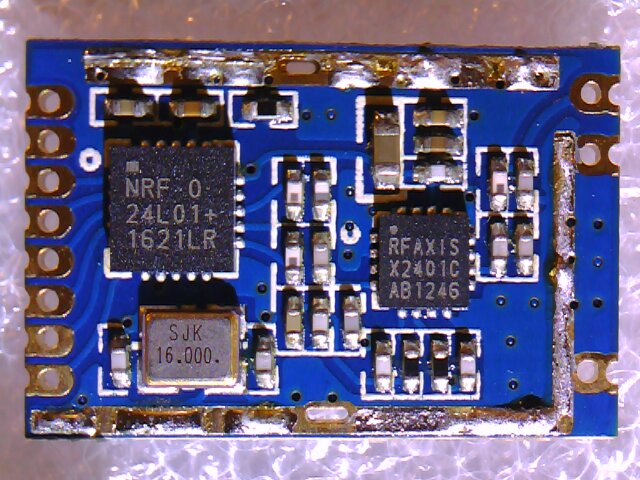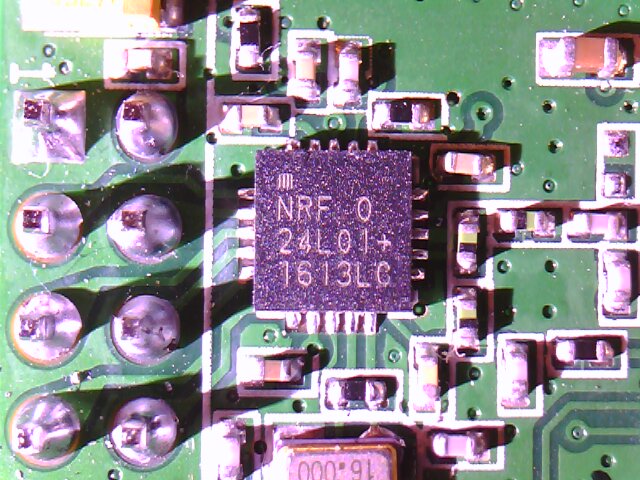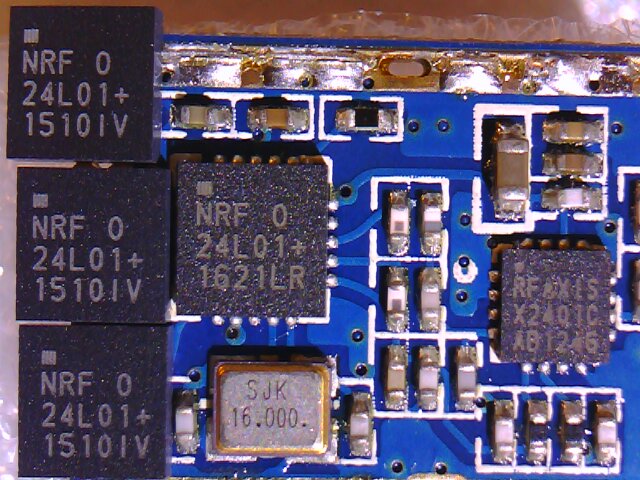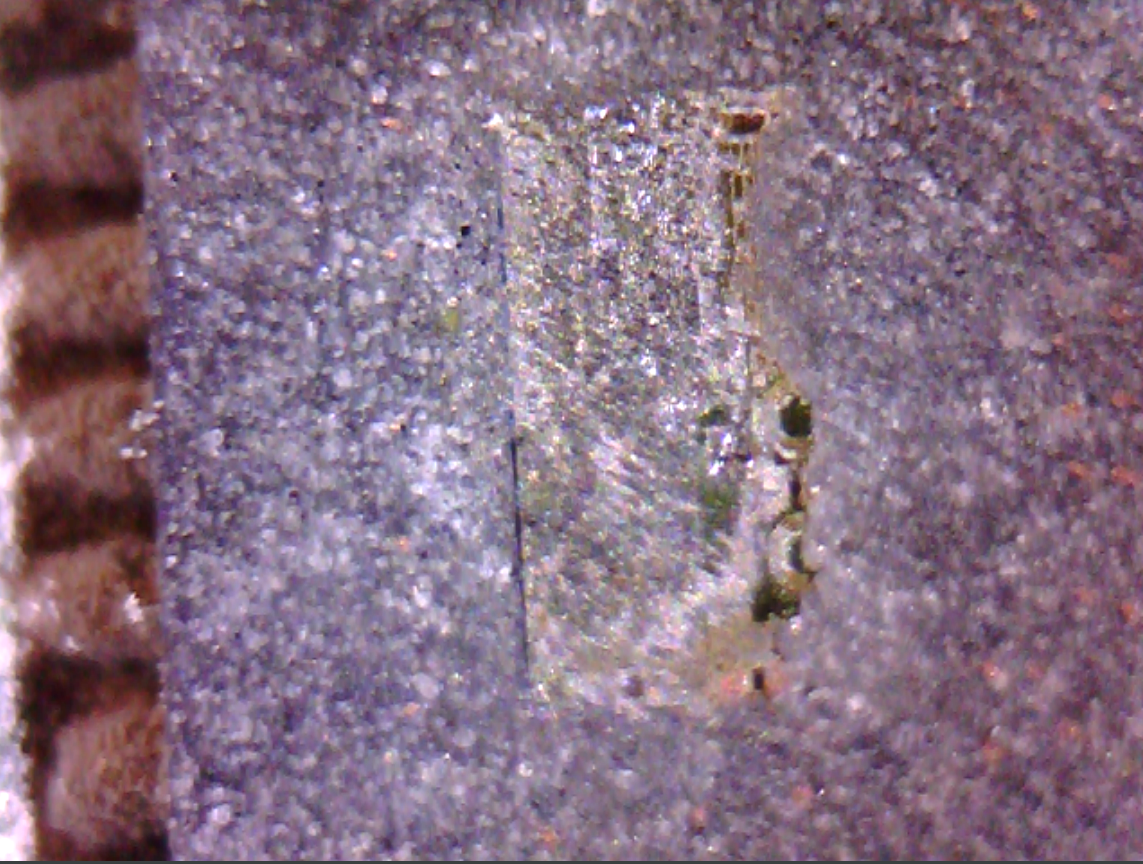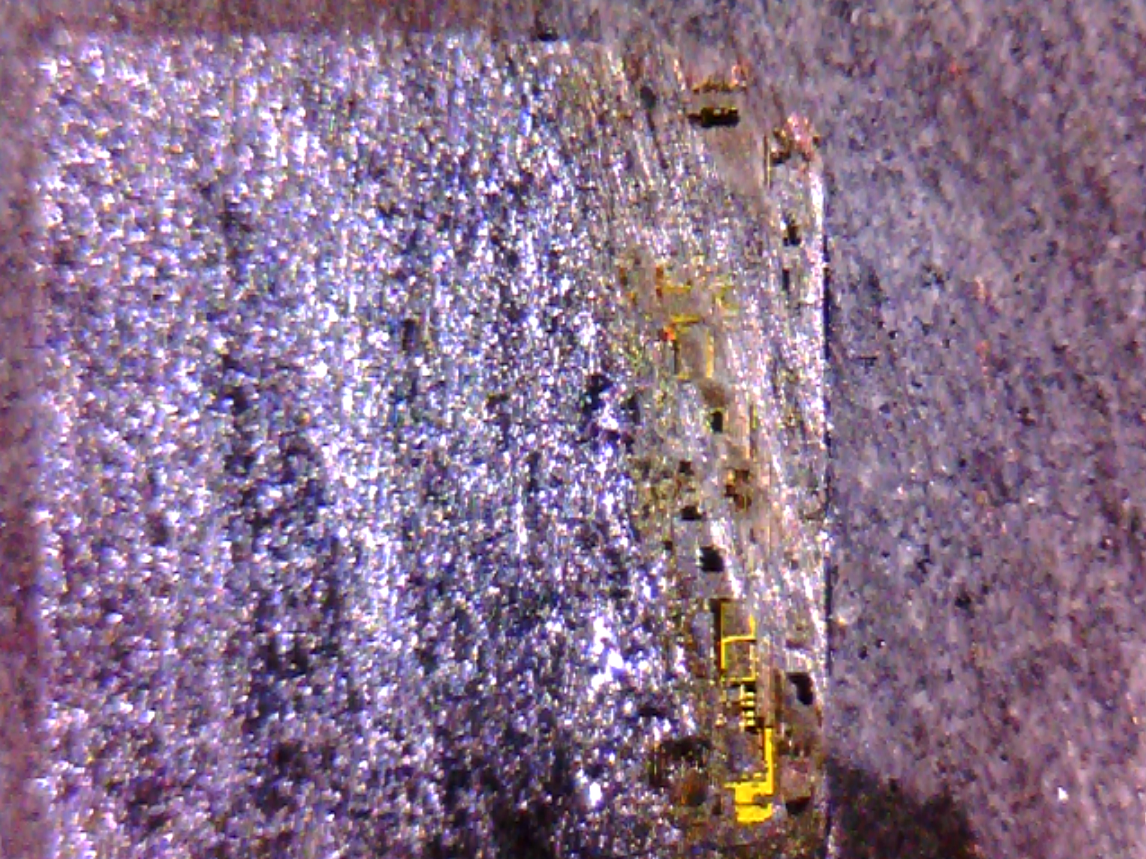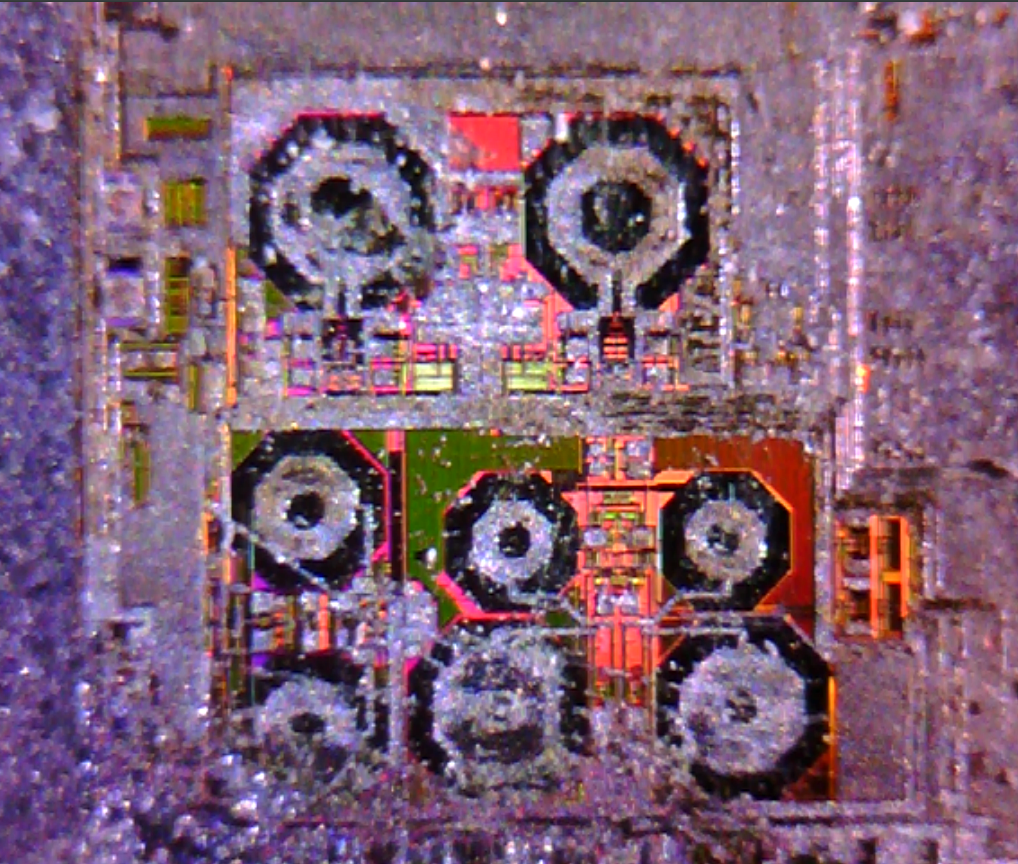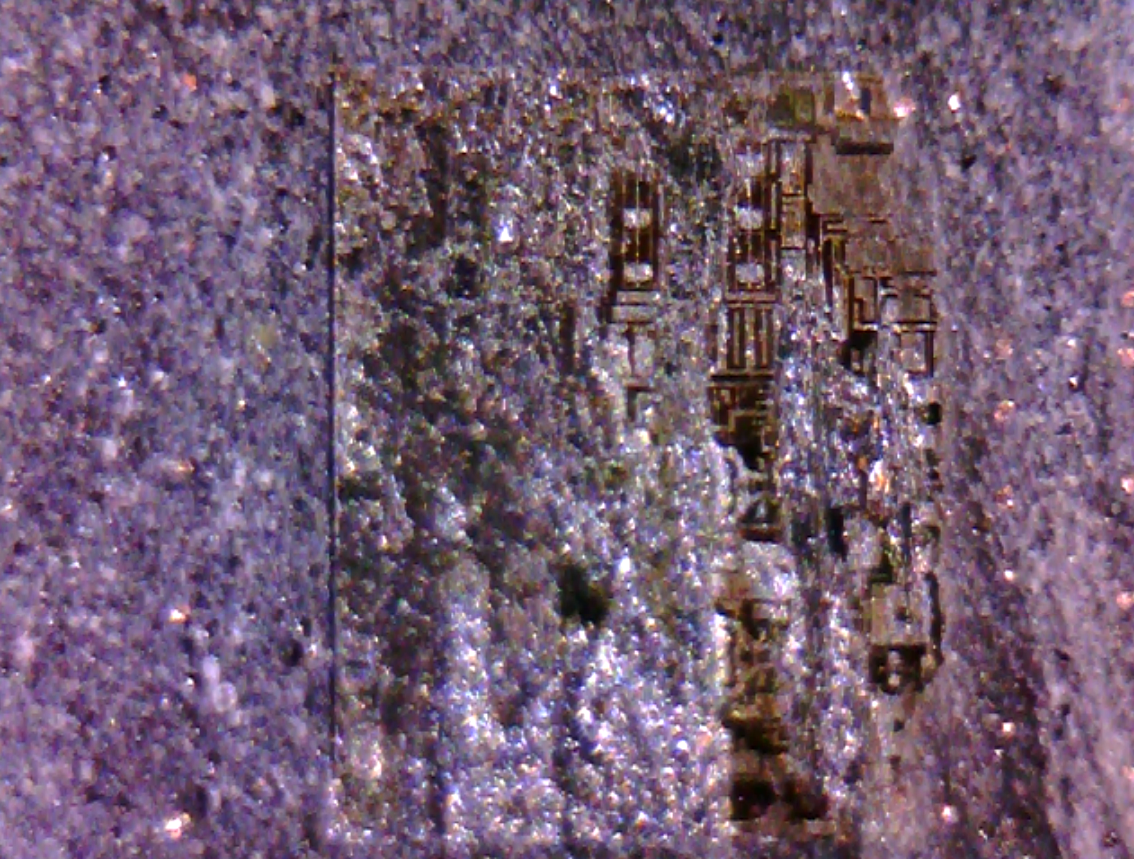NRF24L01+ genuine vs. counterfeit - checked some modules
-
@gohan They seem to be connected to GND.
Range depends on the specific ennvironment (walls, used materials like metals, etc), the channel used (if there are other noises like WLAN and so), reflections and such things.
You may also try better antennas or to reduce TX power to see if it runs better. -
@VaZso those modules comes with a 20cm long antenna, I don't have anything bigger than that.
Anyway I'm looking for normal nrf24 modules to fit into smaller projects. -
@gohan External size is one thing, internals are more important - there are better (properly tuned) antennas in small size.
The RF24L01F20 module seems to be really good. Albeit it has PA, you may lowering the outside power a bit if necessary. -
@gohan External size is one thing, internals are more important - there are better (properly tuned) antennas in small size.
The RF24L01F20 module seems to be really good. Albeit it has PA, you may lowering the outside power a bit if necessary. -
@VaZso the problem is how to determine which antenna is better
PS I checked the addition pins and they are indeed ground. I just wonder what is the need to have them there.
-
-
@Nca78 I have measured less than 1μA for real modules and about 660μA for counterfeit ones.
However, multimeter may also give invalid result...@VaZso said in NRF24L01+ genuine vs. counterfeit - checked some modules:
@Nca78 I have measured less than 1μA for real modules and about 660μA for counterfeit ones.
However, multimeter may also give invalid result...That's huge, I'm running a few nodes with those modules on CR2025 and CR2032 they would die in 2 weeks with such a draw and obviously that's not the case. And I don't think a multimeter can be that far from reality ...
-
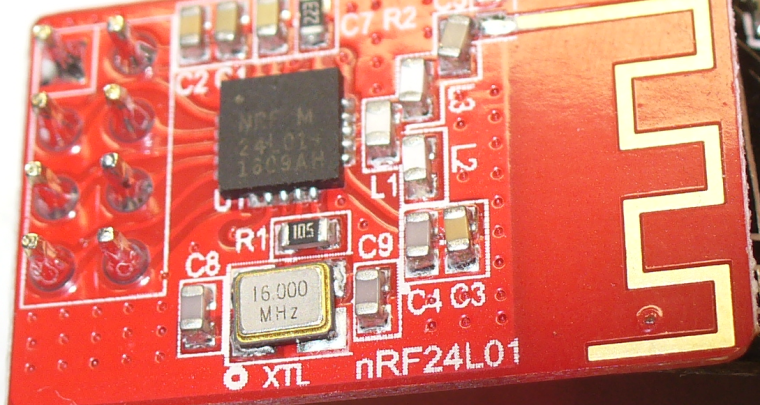
This a module I just got from Amazon produced by Sunfounder but it seems it has the same chip as the fake ones I got also from Amazon

The red one has actually a better range of about 3 meters more indoor but they cost 4.5€ each while the others cost 1.2€. I think I am going to return them and get some from Itead
-
i only saw this post today. So i dont have any nrf24 that have this square on top righ of the chip. all have a solid circle. that means they are fake right?
obvius i already expect that because they cost 80cents on ebay righ now.... ::blush: -
@VaZso said in NRF24L01+ genuine vs. counterfeit - checked some modules:
@Nca78 I have measured less than 1μA for real modules and about 660μA for counterfeit ones.
However, multimeter may also give invalid result...That's huge, I'm running a few nodes with those modules on CR2025 and CR2032 they would die in 2 weeks with such a draw and obviously that's not the case. And I don't think a multimeter can be that far from reality ...
-
@Nca78 Yes, it is true - if 240 mAh is the battery capacity, it would last for ~15 days.
However, I have measured my modules uninitialized, so it may be better if one sends it to sleep mode by software... I have not measured them in other modes.@VaZso said in NRF24L01+ genuine vs. counterfeit - checked some modules:
However, I have measured my modules uninitialized, so it may be better if one sends it to sleep mode by software... I have not measured them in other modes.
Ah yes that's probably the reason, I will test before I connect them.
@gohan I thing your better range is due to the antenna design, same "style" than the one on "F" ESP8266 modules which also have a slightly better range.
-

This a module I just got from Amazon produced by Sunfounder but it seems it has the same chip as the fake ones I got also from Amazon

The red one has actually a better range of about 3 meters more indoor but they cost 4.5€ each while the others cost 1.2€. I think I am going to return them and get some from Itead
For better range, a lot of people seem to like this modification: http://www.instructables.com/id/Enhanced-NRF24L01/
-
For better range, a lot of people seem to like this modification: http://www.instructables.com/id/Enhanced-NRF24L01/
-
I'm going to try these - they contain the signal amplifier but without the bulk of the sma connector and the external antenna.
At that price it seems you'd be better off with RFM69 or Ra-01 modules instead. It's a real puzzle to me as to why some people get great range from their NRF24L01's, and others do not. I never had much luck with it myself, whereas the RFM69's seem to just work. In the past the RFM's cost a lot more than they do now. On the other hand, the RFM's can be a lot more complex to program, and their wire antenna makes them less compact than the NRF24L01's.
I do like that the Ra-01's appear to have passed FCC (assuming the stamp on their enclosure can be believed).
-
Many thanks for your advice. For good or bad, reality is never black or white, but shades of grey. I already thought on switching to RFM69 or try the new LoRa but that would mean switching around 15 already functioning nodes, together with the associated cost. Out of those 15, the few showing problems to communicate with the gw are the furthest ones; those are where where I'm planning to give an oportunity to the new modules linked above. By the way, my gateway already has one PA+LNA module inside, but with an external whip antenna.
I actually just installed the first one. I removed the "normal" nrf24 and switched by one of these in the most problematic node. Soldering the wiring into the 1.27mm holes was a challenge; some adapters that should make connection easier should be about to arrive but I was eager to run some tests. For the moment this module seems to have less problems to connect to the gateway - of course I won't be able to draw more final conclusions until it's been in use for some days, but for the moment it looks promising.
Of course, should they finally not show a significant improvemen over the former modules, I'll consider testing some of the other options.

